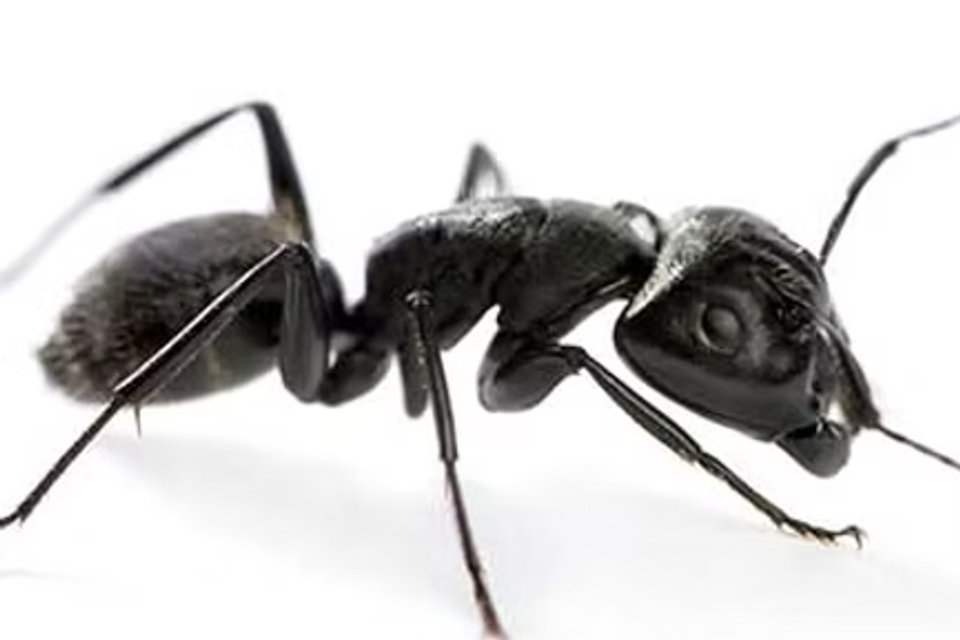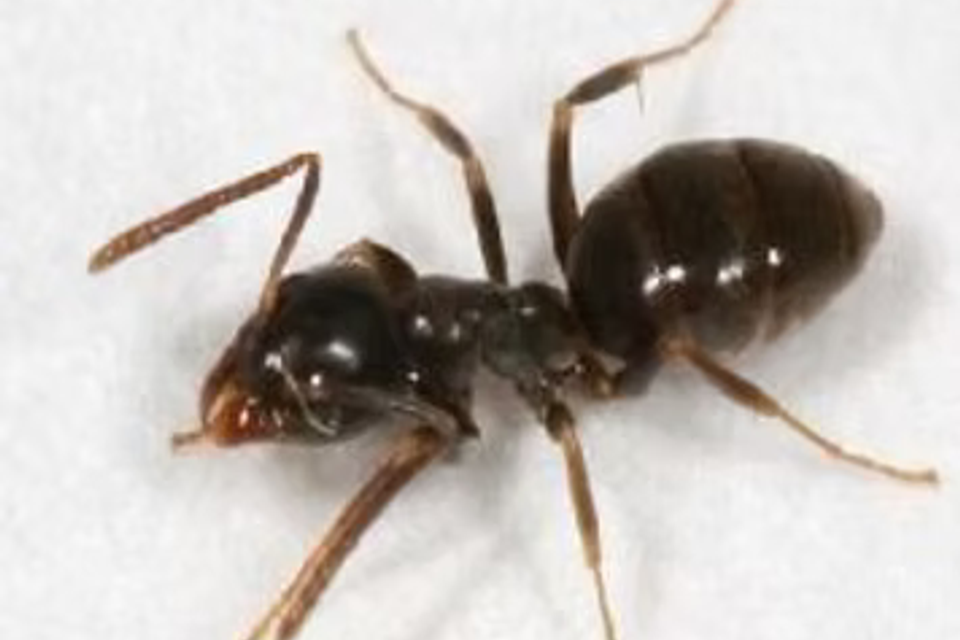
Ants
Ants outnumber all other terrestrial animals on earth. However, some may contend that aphids (plant lice) are number one (debatable).
If we use numbers as our criterion, we must conclude that ants are extremely successful animals. The ants’ success is directly proportionate to their social habits as insects.
Ants have become the dominant animal on the earth because of their industrious habits and through their ability to range from the arctic region to the tropics, from sea level to mountain tops, from wetlands to dry deserts.
Even the ants’ nest is highly adaptable to a variety of climates and soil conditions. One of the most prominent assets of ants is their ability to “adapt” to any environment.
If we use numbers as our criterion, we must conclude that ants are extremely successful animals. The ants’ success is directly proportionate to their social habits as insects.
Ants have become the dominant animal on the earth because of their industrious habits and through their ability to range from the arctic region to the tropics, from sea level to mountain tops, from wetlands to dry deserts.
Even the ants’ nest is highly adaptable to a variety of climates and soil conditions. One of the most prominent assets of ants is their ability to “adapt” to any environment.


